
Elsa Sullivan Lanchester was an English actress with a long career in theatre, film and television.

Babette Louisa Valerie Hobson was a British actress whose film career spanned the 1930s to the early 1950s. Her second husband was John Profumo, a British government minister who became the subject of the Profumo affair in 1963.
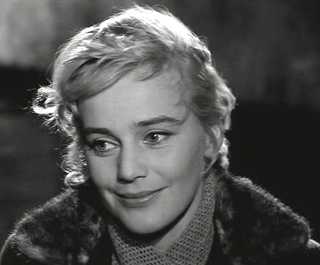
Maria Margarethe Anna Schell was an Austrian-Swiss actress. She was one of the leading stars of German cinema in the 1950s and 1960s. In 1954, she was awarded the Cannes Best Actress Award for her performance in Helmut Käutner's war drama The Last Bridge, and in 1956, she won the Volpi Cup for Best Actress at the Venice Film Festival for Gervaise.
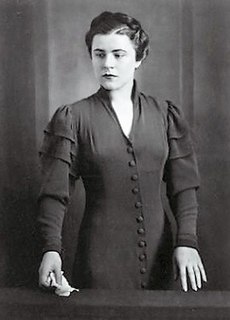
Paula Anna Maria Wessely was an Austrian theatre and film actress. Die Wessely, as she was affectionately called by her admirers and fans, was Austria's foremost popular postwar actress.

Attila Hörbiger was an Austrian stage and movie actor.

Maria Cebotari was a celebrated Bessarabian-born Romanian soprano and actress, one of the greatest opera and singing stars in the 1930s and 1940s.
George Joseph Folsey, A.S.C., was an American cinematographer who worked on 162 films between 1919 and his retirement in 1976.
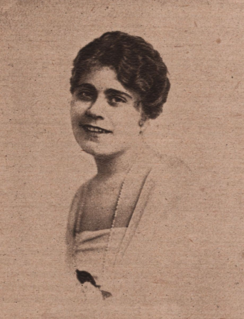
Annie Rosar was an Austrian stage and film actress who is best remembered today for her appearances in many Austrian comedy films from the 1930s to the early 1960s. In those movies, she was frequently cast in the comic roles of nagging wife, "evil" mother-in-law, or understanding housekeeper, whether in rural (Heimatfilme) or urban settings. She occasionally also appeared in serious films, including her cameo performance as the porter's wife in The Third Man (1949), and in Embezzled Heaven based on the novel by Franz Werfel in 1958.

Susi Nicoletti was a Bavarian-born actress best remembered today for over 100 supporting roles mostly in comedy films. She was born as Susanne Emilie Luise Adele Habersack in Munich, but spent most of her childhood with her parents in Amsterdam. Back in Munich, she made her stage debut at age 13. Two years later she became a ballerina.

Isa Miranda was an Italian actress with an international film career.

Mary Philips was an American stage and film actress.

Käthe Haack was a German stage and film actress. She appeared in more than 200 films and 30 television productions between 1915 and 1985.

Magdalena Maria Schneider was a German actress and singer. She was the mother of the actress Romy Schneider.

Infanta Blanca of Spain was the eldest child of Carlos, Duke of Madrid, Carlist claimant to the throne of Spain and his wife Princess Margherita of Bourbon-Parma. Blanca was a member of the House of Bourbon and - according to the Carlists - an Infanta of Spain by birth. In 1889 she married Archduke Leopold Salvator of Austria. The couple had ten children. The family left Austria after the end of the Monarchy and finally settled in Barcelona. When the male line of Blanca's family died out at the death of her uncle, Alfonso Carlos, Duke of San Jaime, some of the Carlists recognized her as the legitimate heiress to the Spanish throne.
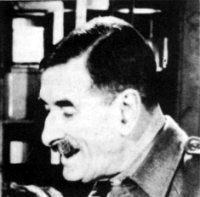
Cyril Edward Bruce-Smith was a Scottish actor who began his career as a child in 1900 and went on to appear in numerous stage plays as well as over 100 films between 1914 and his death almost 50 years later. The son of Frederick and Elsa Smith; his mother travelled with him on his engagements during his boyhood.
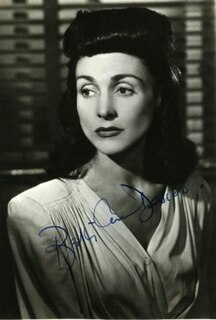
Betty Ann Davies was a British stage and film actress active from the 1920s to the 1950s. She died in 1955 aged 44 following an operation. Davies made her first stage appearance at the Palladium in a revue in 1924. The following year she joined Cochran's Young Ladies in revues such as One Dam Thing After Another and This Year of Grace. Davies enjoyed a long and distinguished West End career which included The Good Companions (1934), Morning Star (1942), Blithe Spirit (1943) and Four Winds (1953). Her outstanding stage triumph was in the role of Blanche du Bois, which she took over from Vivien Leigh, in the original West End production of A Streetcar Named Desire. Davies appeared in 38 films, and was active in TV at the time of her death. She left one son, Brook Blackford.
Edith Mill was an Austrian stage and film actress. Her real name was Edith Rosalia Martha Müll,

Anna Christina Maria "Christl" Mardayn was an Austrian actress/singer.
Angelika Hauff (1922–1983) was an Austrian stage and film actress. She worked prolifically as a film actress in the immediate aftermath of the Second World War appearing in the lead roles in several successful films that included: The Marriage of Figaro and Dark Eyes. (1951). A versatile actor she appeared in a variety of cinematic genres in Germany and Austria and attained international recognition in French, English and Italian films. She was a preeminent stage actress with the prestigious Vienna Burgtheatre portraying classic German language roles and being awarded the highest acting honours.

Karl Ehmann was an Austrian stage and film actor whose career spanned both the silent and sound eras of the film industry.
















